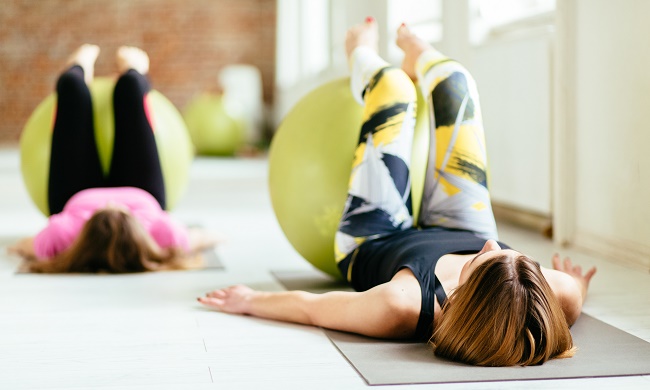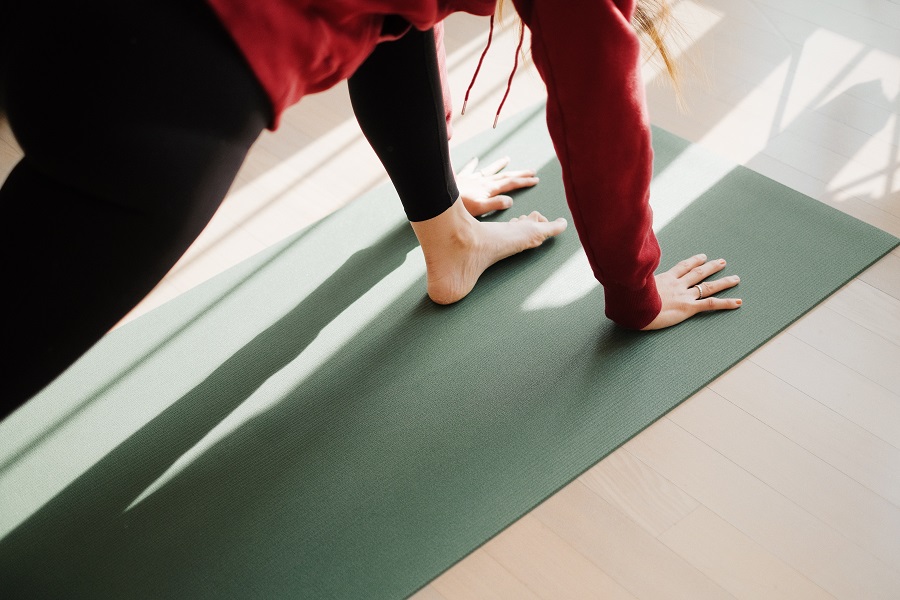
We’ve all heard about Pilates in the context of core strengthening and posture alignment, but this remarkable exercise form transcends these foundational advantages. Rooted in principles of concentration, control, centering, and fluidity, Pilates provides a holistic approach to well-being, catering not just to our physical needs but also our mental and emotional well-being. Let’s dive deeper into the wide-ranging benefits of this transformative regimen.
What is Pilates?
At its core, Pilates is a form of exercise that emphasises the balanced development of the body through core strength, flexibility, and an acute awareness of breath and movement. But to simply label it as ‘exercise’ would be an injustice to its holistic approach.
The Pilates method revolves around a set of precise movements that have their foundation in the ‘powerhouse’ or the core of the body – the deep abdominal muscles, lower back, hips, and butt. By focusing on this center, Pilates aims to harmonise breath, concentration, control, centering, flow, and precision, leading to a union of the mind and body.

Pilates can be done on a mat, using your own body weight for resistance, or on specialised equipment like the Reformer, Cadillac, and Wunda Chair. Here are 10 Surprising Benefits You Need to Know…
1. Enhanced Flexibility
Pilates isn’t about creating muscles that just “look” good. It’s about muscles that work efficiently within the context of the body’s natural movements. The exercises in Pilates promote elongation and a balanced muscle development. Over time, this leads to increased joint mobility and a body that can stretch and bend to meet the flow of life.
Unlike rigorous workouts that can cause muscles to bulk up, Pilates elongates and strengthens them, leading to an increase in muscle elasticity. Regular practitioners often find they can stretch farther and with more ease.
2. Robust Core Strength
At the heart of Pilates lies the emphasis on the body’s core – the abdomen, obliques, lower back, inner and outer thigh. By developing a strong core, you can achieve better posture, stability, and overall body strength.
The core, often referred to in Pilates as the “powerhouse”, isn’t just your abs. It encapsulates an intricate series of deep abdominal muscles, alongside those of the back, pelvic floor, and hips. By conditioning this powerhouse, every movement, whether it’s picking up a grocery bag or swinging a tennis racket, becomes more efficient and grounded.
3. Improved Posture
Our sedentary lifestyles, often coupled with hours hunched over screens, wreak havoc on our postures. Pilates offers a corrective lens. Each exercise ingrains the importance of a straight spine and proper alignment. Over time, this “training” becomes second nature, and we unconsciously carry ourselves with grace and poise.
Pilates trains the body to maintain structural alignment. Whether you’re sitting, standing, or moving, the lessons from the mat or reformer translate to everyday life, ensuring your spine is in the right position.
4. Increased Energy
Pilates invigorates the body. By enhancing circulation through deep breathing and full-body exercises, it promotes better cardiovascular health and stamina. Many practitioners find that, rather than feeling exhausted after a session, they feel more alive, alert, and energetic.
It might sound counterintuitive, but the more you exercise, the more energy and vitality you feel! Pilates gets the blood and endorphins flowing, leaving you feeling refreshed after each session.
5. Mind-Body Connection
Pilates isn’t just physical—it’s deeply mental. The emphasis on controlled breathing, mindful movement, and body awareness fosters a deepened connection between the mind and body, providing a meditative aspect to the exercise.
Pilates is as much a mental workout as it is a physical one. Its founder, Joseph Pilates, believed in the power of connecting the mind to its movement. As you navigate through each pose or exercise, there’s a constant emphasis on being wholly present — a skill that, once honed, has profound implications on mental clarity and focus in daily life.
6. Reduced Risk of Injuries
Imbalances in muscle development are a primary cause of injury. By promoting symmetric muscular growth, Pilates ensures that no set of muscles is over or under-trained. This balanced body is less prone to injuries and can recover faster when injuries do occur.
By emphasising balanced muscle development, Pilates aids in creating a flexible and durable musculoskeletal structure, reducing susceptibility to injuries.
7. Promotion of Bone Density
Weight-bearing exercises, prevalent in Pilates, stimulate bone-building, staving off conditions like osteoporosis.
Osteoporosis is a looming concern, especially for post-menopausal women. The resistance-based exercises in Pilates act as a stimulant for bones, promoting the production of osteoblasts (cells that produce bone) and leading to stronger, denser bones.
8. Enhanced Body Awareness
Regular practitioners of Pilates become incredibly attuned to their bodies. They notice nuances in movements, alignment, and imbalances, leading to improved body mechanics both inside and outside the class.
The controlled, focused movements in Pilates make one deeply aware of the nuances of their body. This heightened awareness, often termed as proprioception, means better control over movements, better reaction times, and a more harmonious relationship with one’s own body.
9. Stress Reduction
The meditative quality of Pilates, combined with controlled breathing, offers an oasis of calm, helping reduce anxiety and stress.
The rhythmic breathing, combined with the fluid movements in Pilates, often draws comparisons to a dance or a meditative practice. This isn’t accidental. Pilates acts as a sanctuary, allowing practitioners a respite from the chaotic whirlwind of modern life, leading to reduced cortisol levels and a calmer mind.
10. Adaptable for Many
Pilates’ beauty lies in its versatility. With modifications and variations galore, it caters to the young athlete, the expecting mother, the senior wanting to retain mobility, and the individual recovering from an injury. It’s a testament to the fact that good health and physical fitness are accessible to all.
Whether you’re recovering from an injury, pregnant, an athlete, or a senior, Pilates can be modified to suit different needs, making it an inclusive exercise regimen.
In the holistic health paradigm, Pilates isn’t just an exercise form; it’s a way of life. It molds, challenges, and invigorates both the body and the mind, offering a path to health that’s sustainable, enjoyable, and profoundly transformative.
In the vast sea of fitness regimens, Pilates emerges as a holistic anchor, grounding us in our bodies while allowing our spirits to soar. Whether you’re venturing into Pilates for the physical benefits, the mental reprieve, or both, you’re embarking on a journey that promises transformation at every twist and turn.

From scaling mountain peaks to savouring exotic flavours, I’m a passionate explorer with an insatiable appetite for adventure and good food. As an Outdoor Adventure and Travel Editor, I’m constantly seeking new experiences that ignite my senses and broaden my horizons. Through my blog, I share captivating travel tales, mountain-tested advice, healthy food inspiration, and training tips to empower fellow adventurers on their own journeys of discovery.
Follow Sam’s adventures on Instagram @sams_adventures_x